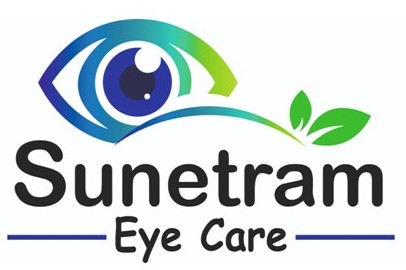Our Services
It is the evaluation and treatment of disorders of binocular vision. Clinical and scientific methods are utilized to treat poor coordination or misalignment of the two eyes. These methods often include eye exercises or “vision therapy”.
Q. What is Orthoptics or Muscle balance test?
These include tests where, your ability to use your eyes as a pair, your ability of eyes to accommodate (the focusing ability from distance to near) and your ocular motility is assessed.
Q. When do I need orthoptic tests?
If you have any of the following symptoms like, headache eye pain or eye strain, reduced binocularity (intermittent doubling or blurring of images) while doing near work or using gadgets for a long time. Treatment of any of the following conditions may include eye exercises and other orthoptic methods:
- Inability to focus with both eyes comfortably within the normal reading range (convergence weakness or insufficiency).
- One eye drifting outward occasionally (intermittent exodeviation).
- One eye drifting inward intermittently, often when attempting to focus on small or close objects (intermittent esodeviation).
- When recognition of double vision and use of the eyes together are needed prior to surgery to straighten the eyes.
- After surgery when better control is needed to keep the eyes straight.
- STRABISMUS (misalignment of the eyes), also known as squint, lazy eye, crossed-eye, wall eye, wandering eye. The misalignment may be constant, intermittent, or hidden.
- AMBLYOPIA (an eye with poor vision) or Lazy eye may be caused by strabismus or other factors.
- Double Vision is uncommon in children. Although some conditions that cause double vision may be treated with eye exercises, double vision itself does not mean that eye exercises should be given.
Q. What are the symptoms caused by abnormal binocular vision?
Patients with binocular problems may complain of any of the following symptoms: eyestrain, blurring of vision in one or both eyes, double vision, difficulty focusing, a pulling feeling, a sensation that one eye is doing all the work, a feeling that one eye is trying to drift, ocular discomfort, headaches, brow ache, increased sensitivity to bright light, losing place or skipping lines when reading, tired eyes after short periods of reading, or heavy eyelids.
Q. What will happen during the procedure?
After accessing your spectacle prescription (in case if you have any refractive error or power), based on your complaint you will be advised to have a muscle balance test. The various observational tests will be carried out to assess your vision and binocular eye system that will help him/her to decide on a treatment plan. The procedure will take around 30 to 40 minutes, which includes diagnosing and explained your treatment plan.
Q. What treatment will be provided?
Some adjustments on your spectacle prescription based on your diagnosis will be done if required. Simple exercise to be done at your place will be advised.
Q. How long should I do the exercise, and should I come for a review?
The exercise will take just 20 to 30 minutes a day and should be done regularly for 3 months. You will need a follow up after 3 months for reassessment of your muscles. The orthoptist will further explain if there is need of any added exercise or whether the same exercise should be continued.
